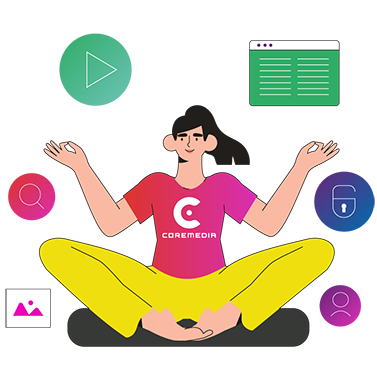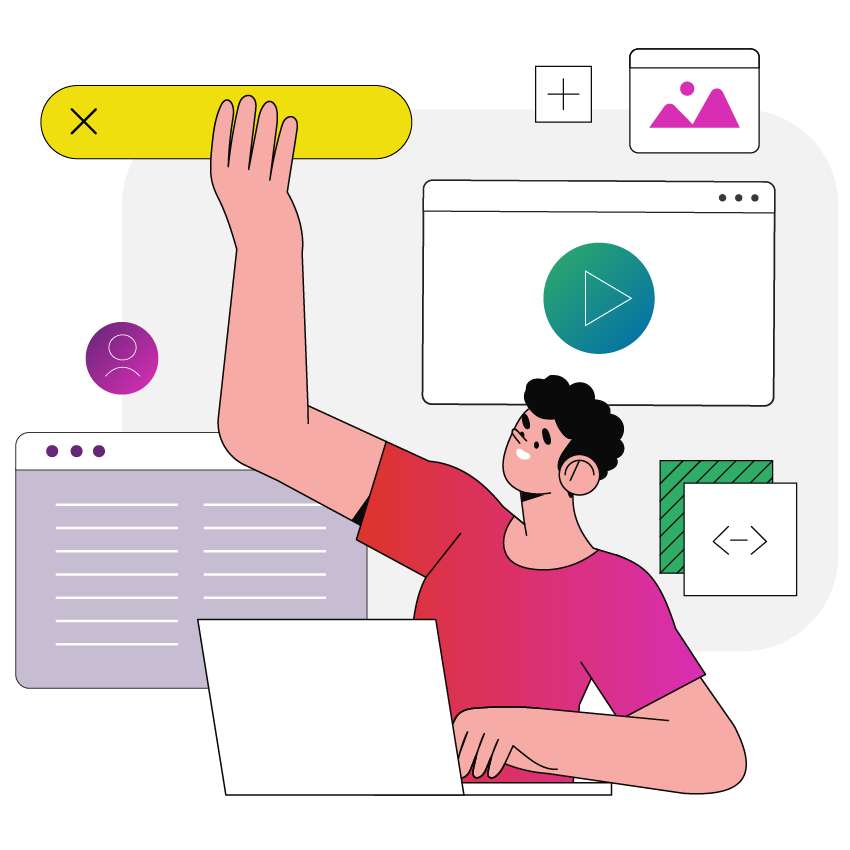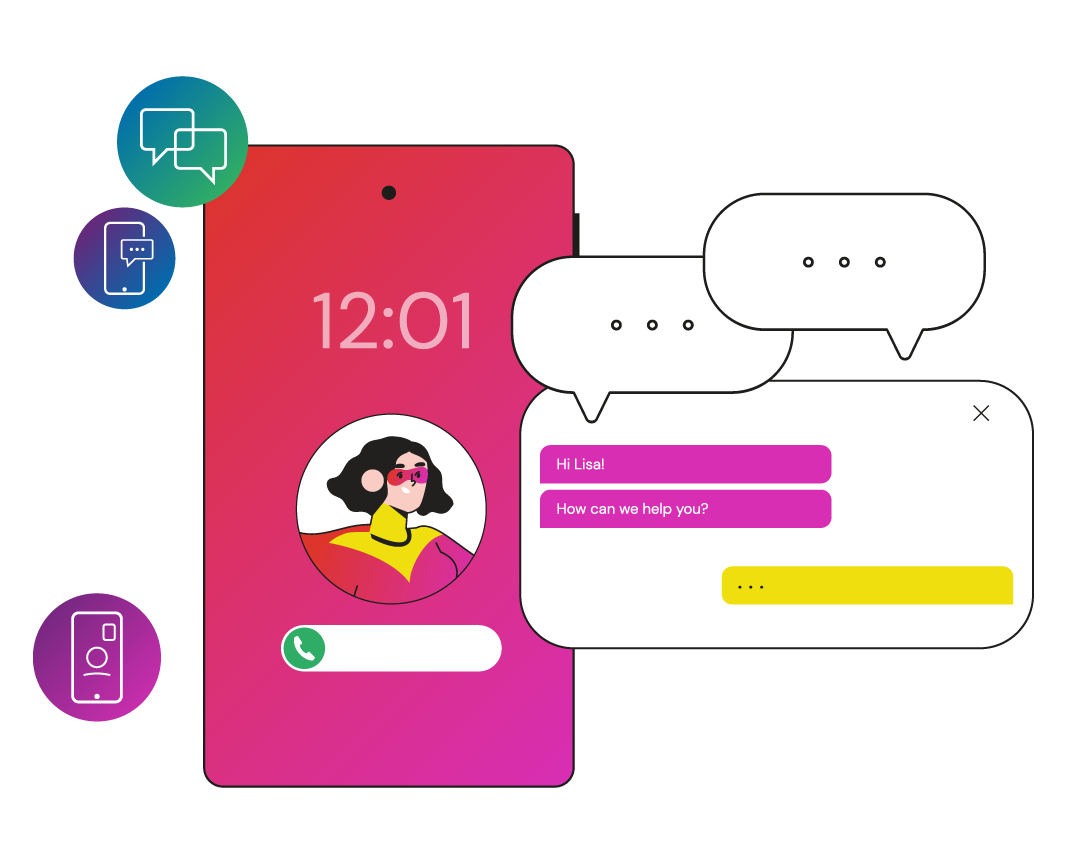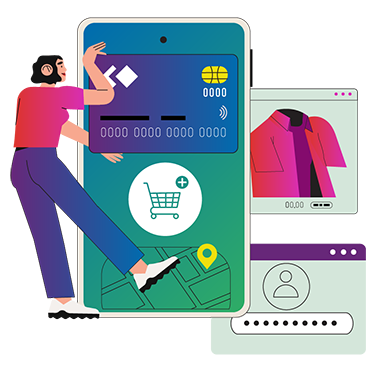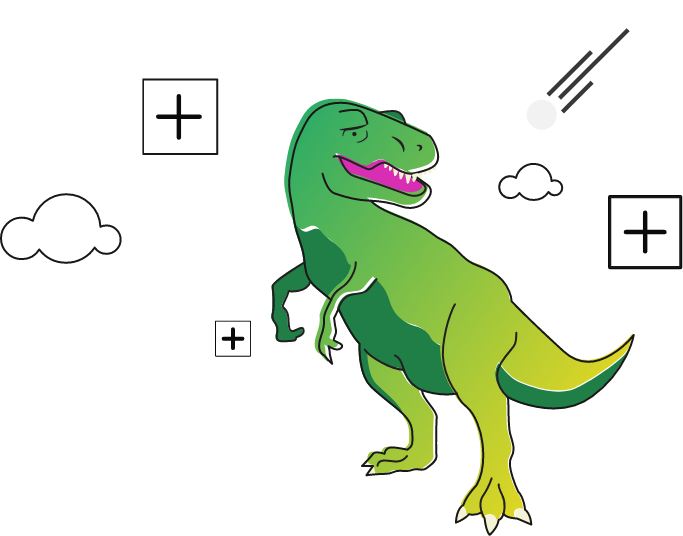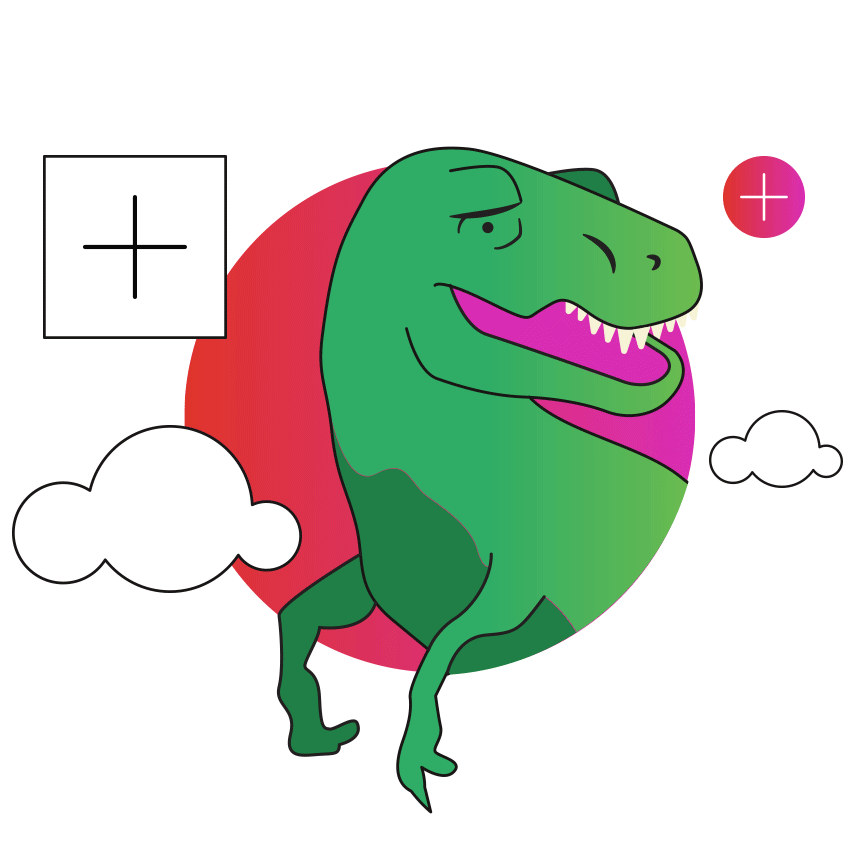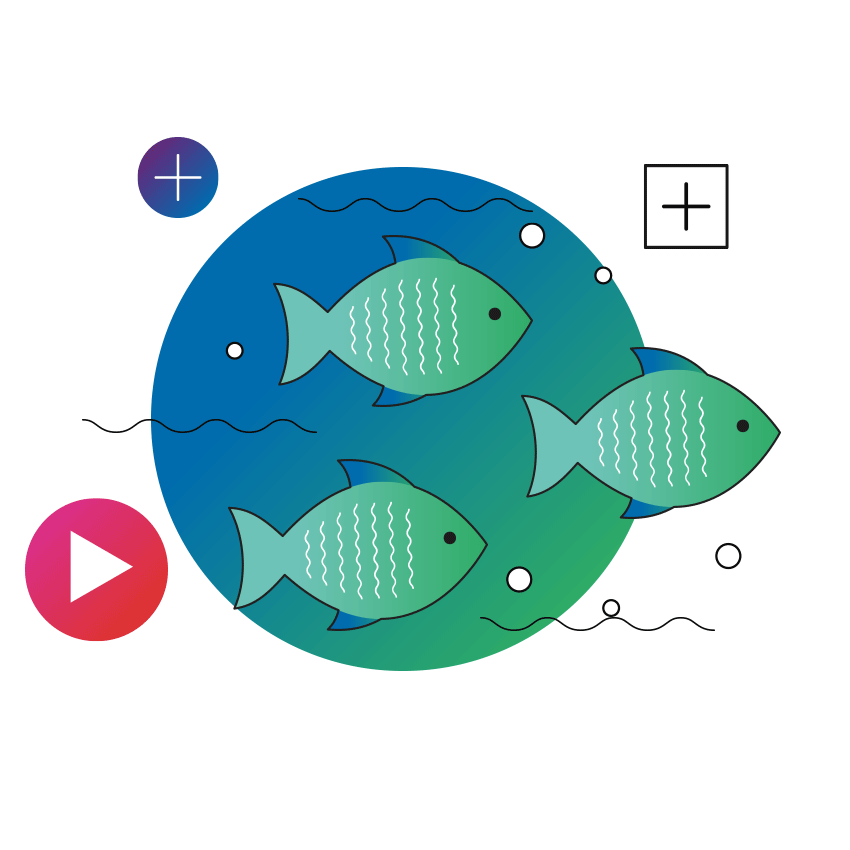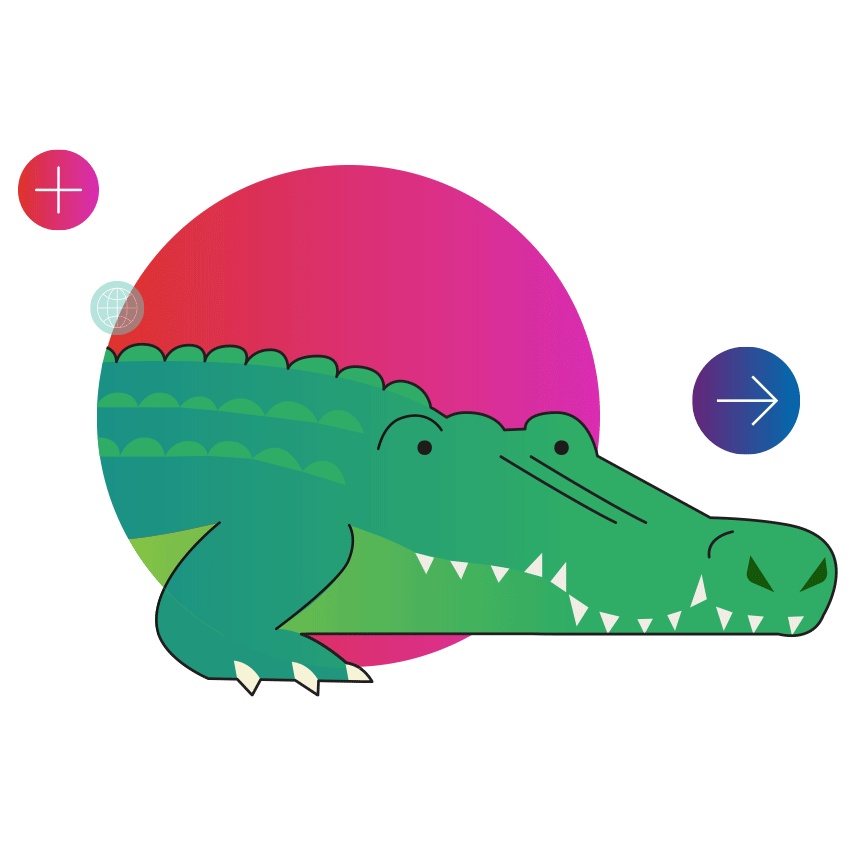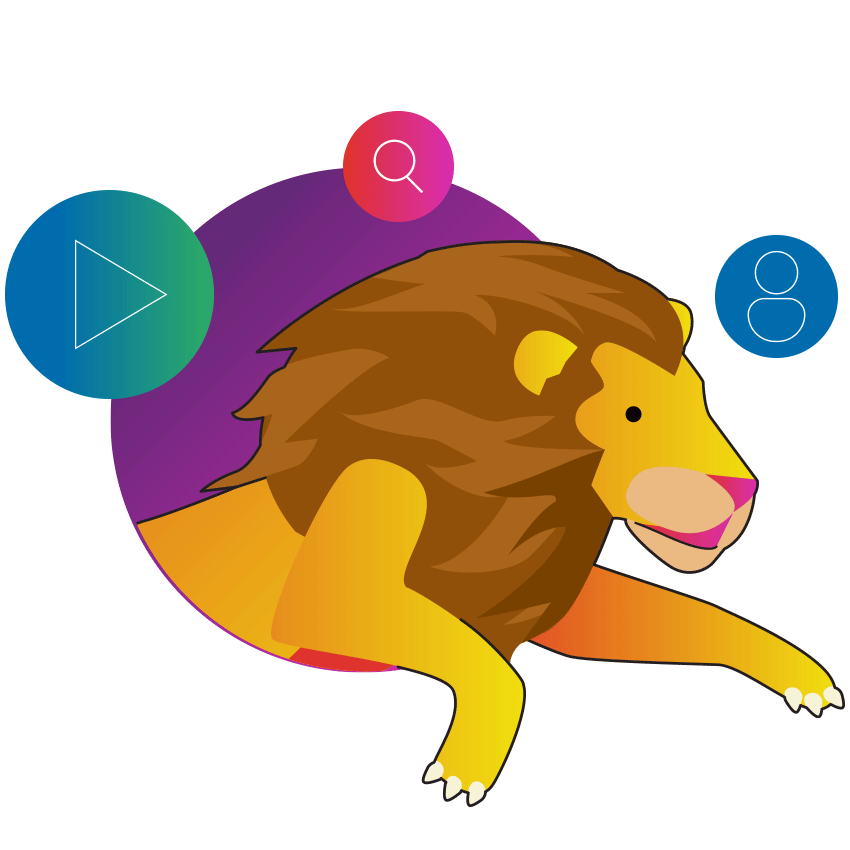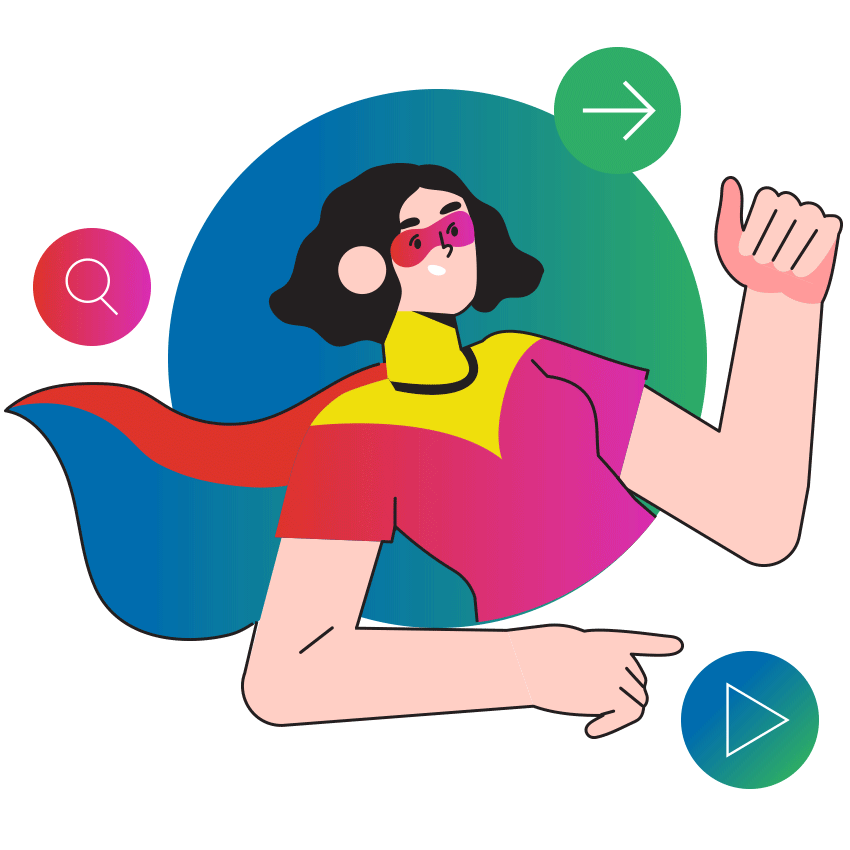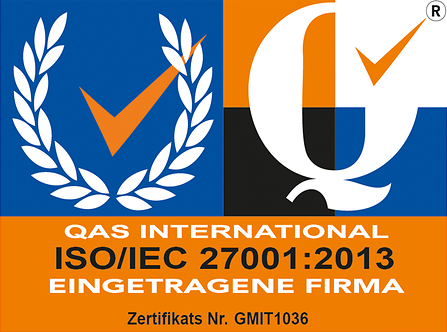The eCommerce market is evolving rapidly. SAP is keeping pace with the evolution to the cloud for eCommerce and digital customer experience solutions. By including the SAP C/4HANA modular Customer Experience Suite in the same cloud that includes SAP Commerce Cloud, SAP customers now have a complete technology platform to build custom, end-to-end omnichannel commerce experiences for their end customers. SAP Commerce Cloud is a comprehensive commerce solution that supports everything from back-office order management to advanced end user shopping experiences.
And our development team here at CoreMedia is keeping pace by updating our integrations with our platform partners. We were happy to integrate with SAP Hybris when it was initially released. However as technology advances, old solution platforms inevitably reach their end-of-life.
What is SAP Commerce Cloud and how is it different from SAP Hybris?
SAP acquired Hybris in 2013 to be their primary eCommerce platform. This acquisition came several years before its rival and the CRM leader, Salesforce, launched its Salesforce Commerce Cloud. Initially, SAP branded it SAP Hybris Commerce. They later renamed it SAP Commerce. Now, however, with the cloud-based SAP Experience Suite coming together, the Hybris / SAP Commerce product line has reached its end-of-life and end of support.
To add to the confusion, this isn't the first SAP solution in the SAP Customer Experience Suite to be called Commerce Cloud. There are two versions (CCv1 and CCv2). The first version (CCv1) was a private cloud implementation running on a proprietary SAP infrastructure. The current version (CCv2) is a public cloud offering on Microsoft Azure. The version we're talking about here is CCv2. The public cloud version also includes a cloud portal where operational tasks can be managed through self-service. It uses Kubernetes for automating application deployment and scaling management.
SAP Commerce Cloud builds on top of SAP Hybris and is SAP's only supported Commerce platform. SAP Commerce Cloud offers a single commerce solution for B2C, B2B and B2B2C use cases. The end of support means that Hybris customers running on any 6.x version need to upgrade by Summer 2020 to keep their support active.
SAP would like to direct all new customers onto their cloud-based hosted solution. An on-premises version is available for customers who prefer to manage their own commerce software stack. However, the on-prem versions of the Commerce solution do not benefit from the quarterly feature updates that the Commerce Cloud version receives. Customers who are not in the cloud will only receive feature updates once a year.
As part of the SAP Customer Experience suite, SAP Commerce Cloud offers tight, out-of-the box integration with SAP Customer Data Cloud, SAP Marketing Cloud, SAP Service Cloud and SAP Sales Cloud. One of the SAP's biggest competitors is Salesforce with their Salesforce Commerce Cloud, the cloud version of the previous Demandware Commerce Cloud solution, offering integration into all the other Salesforce Cloud solutions.
What changes with SAP Commerce Cloud?
Starting with the 1811 release of the SAP Commerce Cloud solution, SAP has deprecated their legacy platform web services REST API.
Also, SAP Commerce Cloud now ships with a new frontend called Spartacus. This new solution offers a rich, app-like commerce experience. It runs completely on top of the Open Commerce Connector (OCC) API.
What is Spartacus?
Spartacus is SAP's new free and open-source JavaScript Progressive web frontend for SAP Commerce. It was initially released in May 2019 with SAP Commerce Cloud 1905. This enables customers to develop on top of a solid and extensible foundation. It also lets them fully customize the shopper experience with a "native app like" experience. Spartacus is written in Angular and published as libraries to integrate into a progressive web app storefront.
Spartacus replaces the legacy storefront B2C accelerator templates that were part of the original Hybris solution (later SAP Hybris and SAP Commerce). By leveraging the OCC API, the storefront app is completely decoupled from the Commerce base platform. This adds significant extensibility to the SAP Commerce Cloud.
What is a Progressive Web App (PWA)?
Online commerce professionals are increasingly interested in leveraging the power of progressive web apps. According to Wikipedia, a PWA is a type of application software delivered through the web and built using common web technologies including HTML, CSS and JavaScript. It is intended to work on any platform that uses a standards-compliant browser. Functionality includes working offline, push notifications, and device hardware access. This makes it possible to develop user experiences similar to native applications on desktop and mobile devices. Since progressive web apps are a type of webpage or website known as a web application, there is no need to install the web apps via digital distribution systems like the Apple App Store or Google Play.
Pure web applications have been available for mobile devices from the start. However, they have generally been slower, have had fewer features, and been less used than native apps. But with the ability to work offline, previously only available to native apps, PWAs running on mobile devices can perform much faster and provide more features, closing the gap with native apps. They are also portable across both desktop and mobile platforms.
PWAs do not require separate bundling or distribution. Publication of a progressive web app is like any other web page. PWAs work in any browser. However, "app-like" features – such as being independent of connectivity, install to home screen and push messaging – depend on browser support. Numerous digital commerce businesses highlight significant improvements in a wide variety of KPIs after PWA implementation. These benefits include increased time spent on page, conversions or revenue.
So how do I migrate my existing Hybris Store to SAP Commerce Cloud?
As mentioned earlier, the development team at CoreMedia keeps pace by updating our integrations with our platform partners.
CoreMedia supports – and can integrate with – SAP Commerce Cloud 1905 (and higher) as well as SAP Hybris 6.5 (and higher). This makes it easy to support eCommerce cloud migration projects. It also makes it possible to deliver engaging marketing content for rich digital experiences to both the "old" and the "new" worlds in parallel.
Are you are looking to enable your digital transformation with quick time-to-value? Do you want to convert your digital commerce platform into a next-generation omnichannel customer experience? Do you need a single platform in the cloud for enhancing the shopping experience with both Content and Commerce assets? Do you need real-time support for both B2C and B2B Digital Commerce use cases?
If so, please take a look at our eBook “Five Smart Ways to Optimize Your SAP Commerce Cloud Solution Link”. Or get in touch with us.
